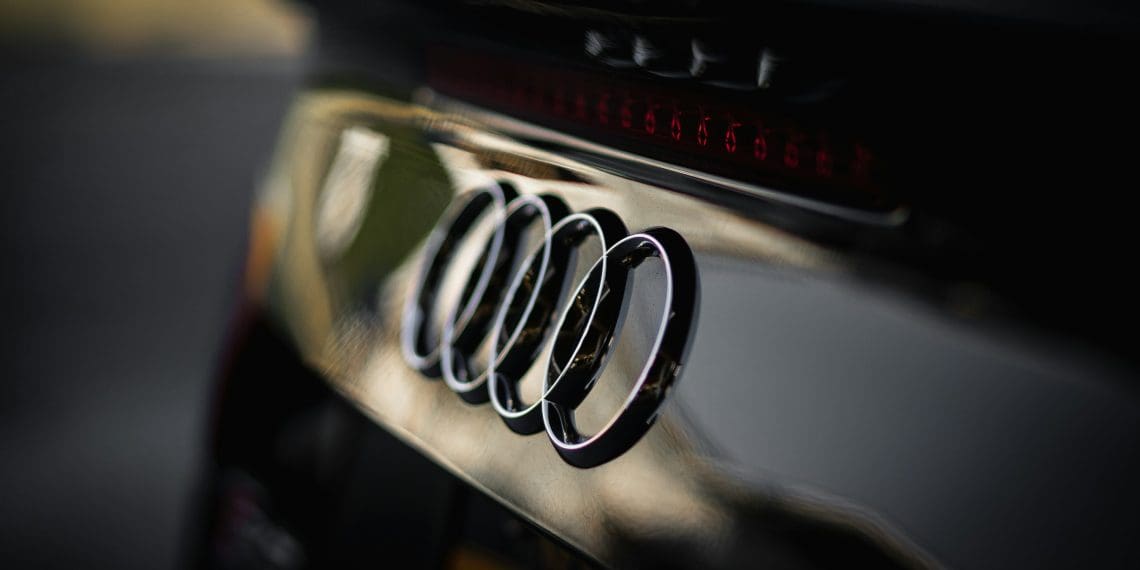In a surprising about-face, Audi has scrapped its controversial naming strategy, reverting to the traditional approach that links model numbers solely to vehicle size rather than powertrain type. The German luxury automaker had initially planned to distinguish gas-powered cars from electric vehicles by assigning even numbers to EVs and odd numbers to combustion-engine models. However, less than two years after announcing the change, Audi is hitting the brakes.
Instead, Audi will now return to a clear-cut, familiar system where model numbers strictly represent vehicle size, while powertrain types will be denoted by suffixes:
- TFSI for gasoline engines
- TFSIe for plug-in hybrids
- TDI for diesels
- e-Tron for fully electric models
Additionally, the body style classifications—Sedan, Avant, and Sportback—will remain intact, ensuring better differentiation across the lineup.
A Naming Disaster That Never Should Have Happened
For many car enthusiasts and Audi customers, this is a long-overdue correction. The previous attempt to rename models based on powertrain types left the lineup needlessly convoluted, with confusing designations like “55 TFSI” or “40 TDI” leaving buyers scratching their heads.
Audi’s ill-fated experiment mirrored Cadillac’s equally perplexing attempt to label vehicles based on torque output, measured in Newton-meters rather than pound-feet—a baffling move for an American brand.
The New Audi A6—Not A7—Will Lead the Charge
The first model to embrace Audi’s restored naming convention will be the next-generation A6, set to be revealed on March 4. Originally intended to be rebranded as the A7, the model will now retain its long-standing A6 badge. It will coexist with the electric A6 e-Tron, reinforcing the company’s pivot back to a powertrain-neutral naming approach.
Meanwhile, Audi enthusiasts eagerly await the next RS6 Avant, though early reports suggest a potential downgrade from a roaring V-8 to a plug-in hybrid V-6—a move that could disappoint diehard fans of the high-performance wagon.
Audi’s Lineup Shake-Up: A1 and Q2 Face the Axe
As part of the brand’s broader restructuring, Audi will discontinue its smallest models, the A1 and Q2, at the end of their life cycles. The company’s focus is shifting toward larger, more premium models, aligning with its long-term strategy of electrification while maintaining a combustion-engine presence.
Audi will continue using “A” designations for cars and “Q” for crossovers, but only for future models—meaning the new A5 will not revert to the A4 name.
A Delayed EV Future—Audi’s Softened Stance on Combustion Engines
Audi initially planned to go fully electric by 2033, but reality has forced a more flexible approach. The company has acknowledged that consumer demand for internal combustion engines remains stronger than anticipated, leading to a gradual transition rather than an abrupt cutoff.
This pivot reflects a broader industry trend: while EV adoption is growing, many automakers are realizing that fully eliminating combustion engines by the early 2030s may not be viable.
Bottom Line: A Return to Clarity
Audi’s decision to restore its naming tradition is a win for customers and enthusiasts alike. The overly complicated system of powertrain-based model names has been abandoned, replaced by a clear, logical structure that aligns with decades of brand heritage.
With the new A6 leading the charge, Audi is proving that sometimes, the best way forward is to look back.













